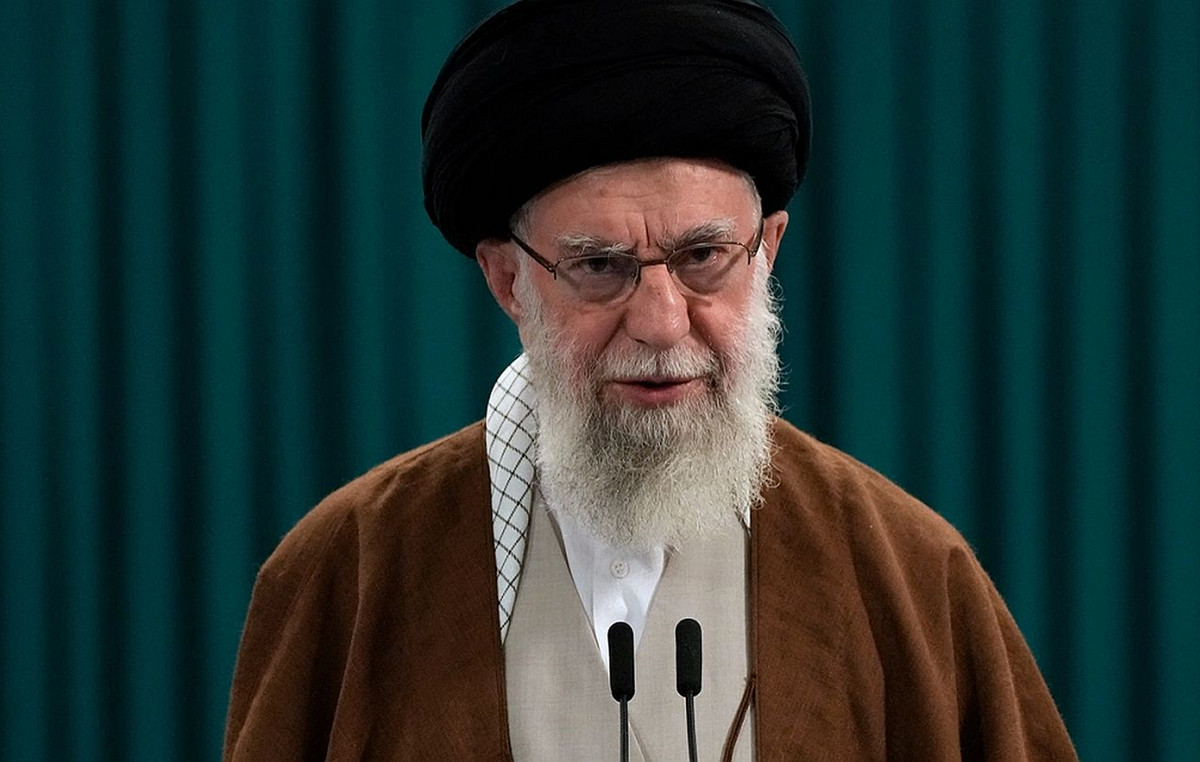Models similar to those that Ukrainians know. They are the tanks that, says the New York TimesWashington will supply to Kiev. They should come from Eastern European countries. It would be a step forward in the choice, made in favor of NATO, to hand over weapons to Zelensky in order to launch a counter-offensive. So far, defense vehicles and weapons such as anti-tank and anti-aircraft missiles have arrived. Begging requires tanks and fighters, as well as heavy artillery.
The Pentagon also announced a new $ 300 million aid package: drones, night vision goggles, laser guided artillery rockets, machine guns, ammunition. Added to this are satellite images.
As from the first moment in this war there are signs of modernity in a conflict that seems instead of another century. If it weren’t for drones and satellite coverage, the rest of the tactical management of this conflict seems very old-fashioned: most of the armaments, excluding anti-tank artillery from the West, on both sides belong to the eighties-nineties as armored vehicles and as logistics. If it weren’t for media, drones and satellite coverage, it would be almost like the Korean War in the modalities.
It is still conventional armaments that demand a greater toll of blood: traditional techniques, tactics and materials. Aren’t they also chemical weapons? “There is no evidence of the use of chemical weapons or other prohibited weapons such as biological ones,” he says Matteo Guidotti of the Institute of Chemical Sciences and Technologies, Cnr-Scitec, as well as a member of the Scientific Advisory Council of the Organization for the Prohibition of Chemical Weapons, Opcw. However, there are complaints from the Ukrainian side of these uses.
“Phosphorus weapons are not prohibited, their use is banned and regulated: direct use against civilians, as for all weapons, and in densely populated areas and in cases whose military objectives are close to civilian ones, “he adds. THEPhosphorus is not used as a weapon, but as an aid in its most reactive form: white phosphorus which ignites on contact with oxygen and is very toxic. It is kept in an inert atmosphere or underwater. The reaction between phosphorus and oxygen makes phosphorus oxides. “This reaction releases huge amounts of energy and light. The products that are formed are very fine white powders. It can be used as an illuminant, as a tracer and as a masking agent to obtain smoke screens ».
During the day it is launched 40-100 meters above the scenery, giving a cascade of white powder that masks the movement of troops. At night it can be used as a highlighter. “This is the conventionally accepted use. What is prohibited is the use against people and against other fighters. Phosphorus burns higher than other substances, with temperatures higher than napalm and molotov cocktail. It is more sticky and viscous. With the fat of the human tissue it feeds itself, the lesion digs up to the bones: it is devastating from a humanitarian and medical point of view. The parts that remain on the body are then highly toxic ».
What is a chemical weapon? “Such a weapon is defined as the weapon that acts against the target organism by interfering in vital processes through intoxication: it interrupts vital processes in the short and long term. If it ignites it is not a chemical weapon, it is only if it intoxicates ». The convention regulating the use of these weapons was signed by Russia and Ukraine. Only four countries in the world do not recognize it: Egypt, Israel, South Sudan, North Korea.
The fact that this turns out to be a conventional conflict leads to the use of weapons being less surgical than a war with contemporary means. Conventional use or not applies to any substance, instrument, material. “The machete can be used to cut through the jungle and to kill. Chlorine was used illicitly in Syria and became a chemical weapon, but it is commonly used for other purposes. On the other hand, there are substances that have no civil application and having them already means having a chemical weapon, such as nerves ».
Could there be other risks? «They are all at risk materials of a heavy industry like the Ukrainian one. In Ukraine, agents and substances are used in industry which are no longer used in Europe. The bombing would also bring toxic release damage. The consequences could be seen even in many years as happened in the Balkans, in Vietnam, but also with the fire of the oil wells in Iraq ».
Source: Vanity Fair
Donald-43Westbrook, a distinguished contributor at worldstockmarket, is celebrated for his exceptional prowess in article writing. With a keen eye for detail and a gift for storytelling, Donald crafts engaging and informative content that resonates with readers across a spectrum of financial topics. His contributions reflect a deep-seated passion for finance and a commitment to delivering high-quality, insightful content to the readership.







